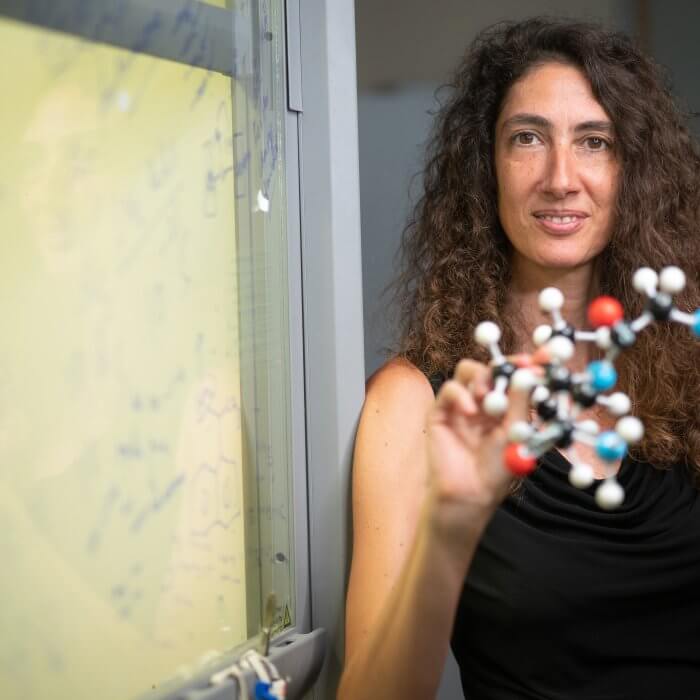
QUANTUM MOLECULAR OPTOMECHANICS? AS AN APPROACH TO SURFACE-ENHANCED RAMAN SCATTERING
Quantum Molecular Optomechanics? As an Approach to Surface-Enhanced Raman Scattering?
Quantum optomechanics explores the interaction between quantized light fields and mechanical motion, enabling precise control over mechanical vibration at the quantum level. In conventional cavity optomechanics, this interaction is mediated by radiation pressure in optical cavities, leading to effects such as ground-state cooling, quantum transduction and more [1].
An analogous quantum description may apply to molecular optomechanics, where vibrational modes of molecules replace macroscopic mechanical oscillators, and plasmonic nanostructures act as optical cavities. This analogy is particularly evident in Surface-Enhanced Raman Spectroscopy (SERS), where molecular vibrations interact with electromagnetic fields, leading to a regime of vibrational pumping and possibly even backaction [2,3].
This seminar will review recent theoretical and experimental observations of SERS from the perspective of molecular optomechanics, highlighting the potential of this framework in predicting nonlinear and coherent interactions in SERS. Furthermore, we will discuss how these insights could be interesting in the context of nanoscale light-matter interactions.
- Aspelmeyer, M.; Kippenberg, T. J.; Marquardt, F. Cavity Optomechanics. Rev. Mod. Phys. 2014, 86, 1391– 1452.
- Esteban, R.; Baumberg, J. J.; Aizpurua, J. Molecular Optomechanics Approach to Surface-Enhanced Raman Scattering. Acc. Chem. Res. 2022, 55.
- Roelli, P.; Galland, C.; Piro, N.; Kippenberg, T. J. Molecular Cavity Optomechanics as a Theory of Plasmon-Enhanced Raman Scattering. Nat. Nanotechnol. 2016, 11, 164– 169.

